In today’s B2B landscape, decision-makers aren’t just listening to brands—they’re listening to people. Not celebrities or social media stars, but real experts: engineers, analysts, developers, and operators with deep industry knowledge and the trust of their peers. For marketers, this shift presents a powerful opportunity: activating niche influencers to drive engagement, credibility, and conversions.
Here’s how smart B2B brands are tapping into the power of hyper-relevant voices to lead conversations—and win customers.
The Rise of the B2B Influencer
Influencer marketing is no longer reserved for beauty tutorials and unboxing videos. In the B2B world, influence looks different. It’s a federal cloud architect posting insight on LinkedIn. A cybersecurity analyst sharing zero-day vulnerabilities on X. A logistics manager breaking down efficiency tools on YouTube. These voices may not have millions of followers—but they do have something far more valuable: industry respect and decision-maker attention.
Whether you’re selling enterprise software, aerospace systems, or SaaS solutions for regulated industries, these niche influencers shape perception where it matters most—inside the buying journey.

Who Are B2B Influencers, Really?
Forget the ring lights and sponsored hashtags. The most effective B2B influencers are:
- Subject Matter Experts (SMEs): Engineers, developers, and product leaders who’ve built the solutions others now use.
- Analysts & Advisors: Independent thinkers who interpret market trends and tech shifts.
- Practitioners: Individuals working in the field—public sector tech officers, procurement leads, or operations directors.
- Evangelists: Employees or superfans who naturally share your brand’s vision and value.
They may not be household names, but in their specific communities, they carry serious weight.
How to Identify the Right Influencers
The key to successful B2B influencer marketing is relevance over reach. You’re not looking for a massive audience—you’re looking for the right one. To find them:
- Use tools like SparkToro or Onalytica to surface influencers by topic, keyword, or community.
- Leverage social listening to track who your buyers already follow and engage with.
- Tap into your ecosystem: Look at customers, partners, or internal experts who already have a voice in the market.
Ask: Who is creating content that my buyers trust? Who’s translating complex concepts into accessible insight?

Creative Ways to Activate Niche Voices
Once you’ve identified your influencers, give them a platform—and creative freedom. Some effective tactics include:
- Co-branded thought leadership: Partner on blogs, reports, or social content that blends your brand POV with their credibility.
- Podcasts & webinars: Host niche discussions that invite influencers to share their perspectives with your audience.
- Social media takeovers: Let influencers speak directly to your community from your branded channels.
- Video reviews or demos: Let a trusted voice showcase your product in their own way—particularly effective for technical tools.
Remember: authenticity is everything. Avoid over-scripting or forcing them into your brand voice.
What Makes These Activations Effective?
The best B2B influencer campaigns share a few key traits:
- Authenticity: Let influencers be themselves. It’s their voice that builds trust—not your script.
- Relevance: Niche influencers speak directly to specific buyer segments. That’s what makes them so powerful.
- Consistency: One-off campaigns might raise awareness, but sustained partnerships build loyalty.
Think of influencers not as one-time assets, but as ongoing collaborators who deepen your connection to a target audience.
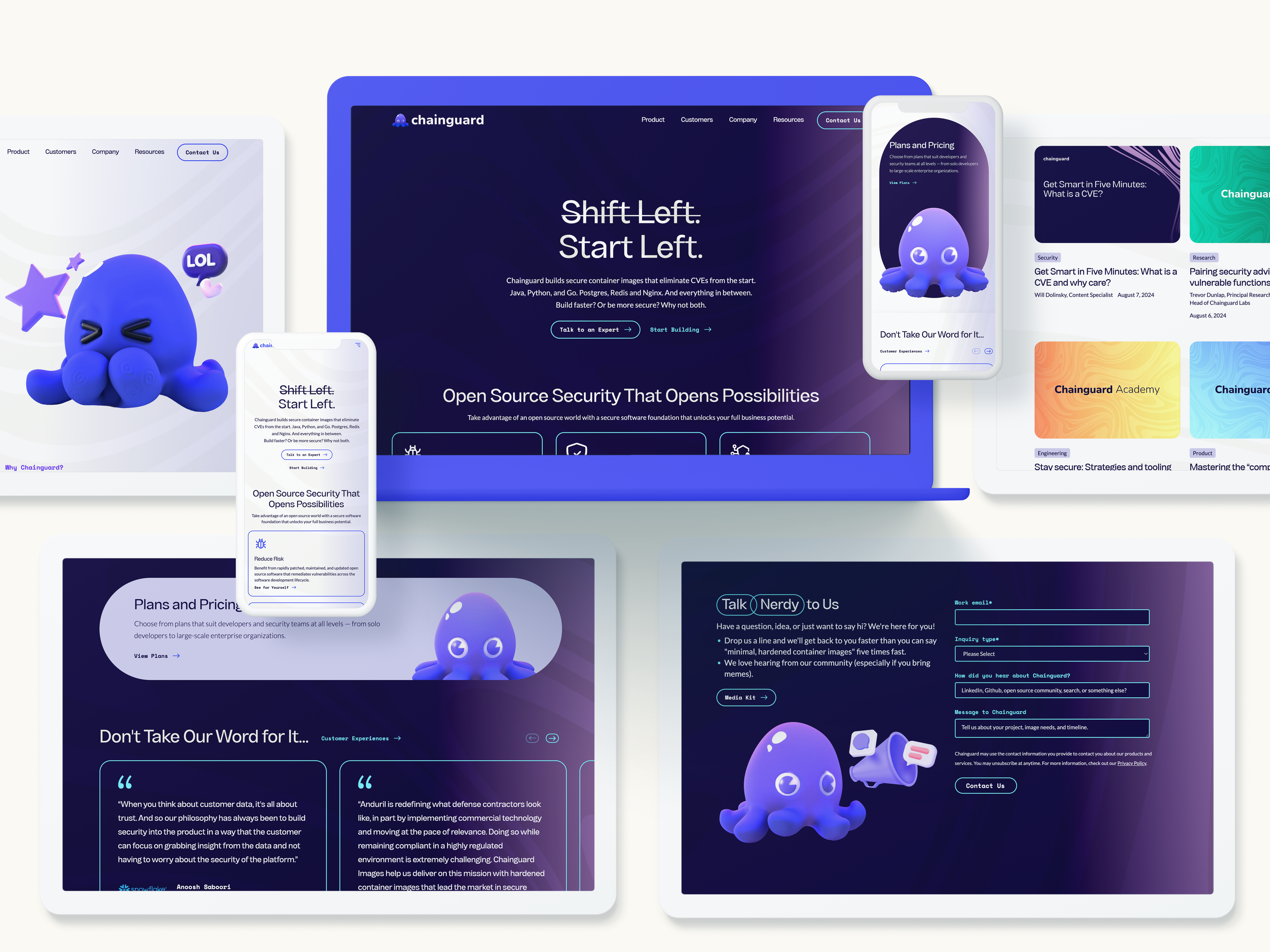
Measuring Success in B2B Influencer Campaigns
B2B sales cycles are long, complex, and rarely linear—so measuring influencer success goes beyond likes and impressions. Instead, look at:
- Engagement from the right audience segments
- Referral traffic to key landing pages or assets
- Influencer-generated content performance over time
- Assisted conversions and pipeline attribution (via UTM tracking or CRM insights)
- Brand sentiment and earned media mentions
And don’t overlook qualitative feedback: the comments, DMs, or offline conversations that signal credibility is taking root.
Influencer Marketing Is Trust Marketing
At its core, B2B influencer marketing isn’t about going viral. It’s about meeting buyers where they are, with voices they already trust. When executed strategically, it doesn’t just boost awareness—it shapes decisions, accelerates journeys, and positions your brand as a true authority within a niche.
Want to Build Your Own Influencer Ecosystem?
Bluetext helps B2B brands develop influencer strategies tailored to their vertical, audience, and goals. Whether you’re looking to launch a full-scale program or test the waters with a single campaign, we can help you activate the voices that matter.
Contact us to learn how we help brands earn trust, one niche voice at a time.
As privacy regulations tighten, precision targeting becomes harder—here’s how to execute effective ABM without crossing data compliance lines.
The New Landscape of ABM and Data Privacy
Account-Based Marketing (ABM) has become a go-to strategy for B2B marketers aiming to deliver personalized, precise campaigns tailored to key accounts. The promise of ABM lies in its ability to engage decision-makers with highly relevant messaging and tightly focused tactics.
However, the growing wave of data privacy regulations—including GDPR in Europe, CCPA and CPRA in California, and others worldwide—is reshaping how marketers can collect, use, and share data. These laws, designed to protect consumer and business privacy, have introduced new challenges for ABM’s reliance on granular data.
In this evolving landscape, the question emerges: How can marketers maintain ABM’s effectiveness while staying fully compliant and respecting privacy? This post explores practical strategies and privacy-friendly approaches to ensure your ABM campaigns continue to deliver results without crossing data compliance lines.
The Impact of Privacy Regulations on ABM
Privacy laws place clear limits on collecting personal data without consent, restricting marketers from using many traditional data sources that ABM once depended on. The decline of third-party cookies, limitations on tracking across devices, and increased user control over data permissions have diminished marketers’ visibility into customer behaviors.
These changes affect ABM in several ways:
- Reduced access to behavioral and intent data from third-party platforms.
- Challenges in tracking individual contacts across multiple touchpoints.
- Necessity to obtain explicit consent before processing certain types of personal data.
Traditional hyper-targeted ads and behavioral retargeting tactics must be reevaluated to comply with these new realities.

Rethinking ABM Strategy for Privacy Compliance
The key to privacy-safe ABM is shifting focus towards first-party data—information collected directly from your audience through interactions they initiate and consent to.
Here are some foundational shifts marketers should make:
- Build trusted data sources: Prioritize collecting data through website forms, gated content, webinars, and events where consent is explicit.
- Consent-based marketing: Ensure all communications are compliant with opt-in and opt-out requirements.
- Quality over quantity: Instead of mass data collection, deepen insights on fewer, high-value accounts with verified data.
- Ethical standards: Embed privacy considerations into your marketing ethos to strengthen trust and brand reputation.
Privacy-Friendly Tactics to Power Effective ABM
1. Intent and Contextual Data Usage
While granular personal data becomes scarcer, marketers can harness intent signals and contextual information that do not rely on invasive tracking. For example, analyzing content engagement patterns on your site or leveraging CRM activity can provide rich insights into account interest without crossing privacy lines.
2. Enhanced CRM and CDP Integration
Customer Data Platforms (CDPs) that consolidate and manage first-party data become critical tools. They enable you to securely unify account information, track engagement consent, and enrich profiles based on direct interactions, such as demo requests or content downloads.
3. Account-Based Personalization Without Personal Data Overreach
Use firmographic data—company size, industry, location—and expressed interests to create personalized experiences. Dynamic content and A/B testing can be applied thoughtfully to tailor messaging without needing to overreach into sensitive personal data.
4. Collaboration with Legal and Compliance Teams
Privacy compliance should be a built-in component of ABM campaigns, not an afterthought. Work closely with legal and compliance experts during campaign design and maintain thorough documentation and audits to ensure ongoing adherence to regulations.

Tools and Technologies Supporting Privacy-Conscious ABM
Technology plays a pivotal role in enabling privacy-first ABM. Consider integrating:
- Privacy-first CDPs: Platforms that prioritize consent management and data security.
- Cookieless tracking solutions: Emerging tools designed to measure campaign performance without relying on third-party cookies.
- Consent management platforms (CMPs): Systems that streamline opt-in/opt-out processes and keep audit trails.
Evaluate your technology stack with privacy compliance as a core criterion to avoid risks and foster trust.
Getting Started: Implementing Privacy-Safe ABM Today
Begin your transition to privacy-conscious ABM by:
- Auditing current data collection and campaign practices for compliance gaps.
- Developing a phased roadmap to emphasize first-party data and consent.
- Training marketing and sales teams on privacy regulations and ethical marketing.
- Partnering with agencies and vendors skilled in navigating privacy requirements and agile ABM strategies.
Small, deliberate steps can help your organization adapt without disrupting momentum.
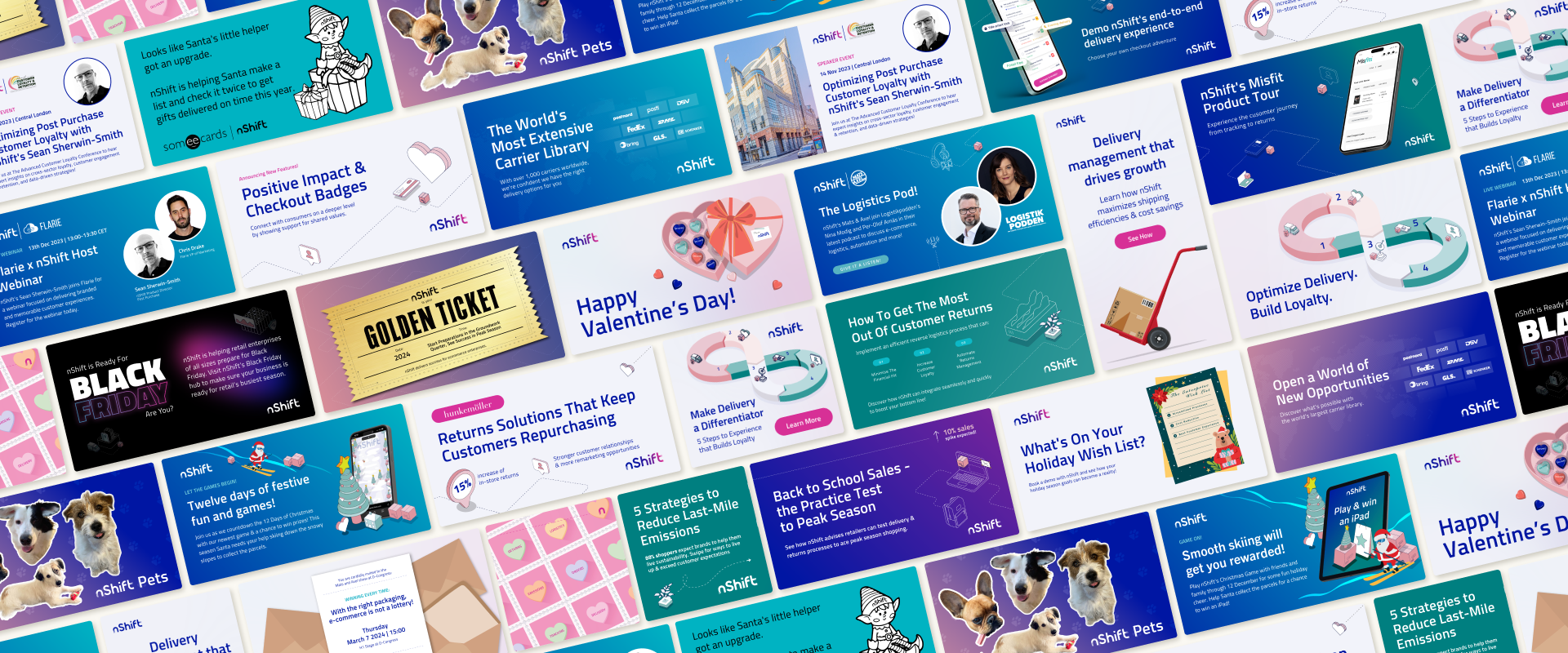
Navigating ABM Success in a Privacy-First World
Privacy regulations are not a passing trend—they represent a fundamental shift in how businesses must approach marketing. ABM remains a powerful strategy, but success now depends on transparency, respect for data, and innovative targeting methods that comply with evolving laws.
By embedding privacy as a core brand value, you not only avoid legal pitfalls but also build deeper trust with your prospects and customers, strengthening long-term relationships.
Ready to navigate ABM in the age of data privacy? Contact Bluetext to develop compliant, effective account-based strategies that drive results while respecting privacy.
In today’s marketing landscape, brands live and die by their digital visibility. But that visibility is increasingly out of marketers’ control. Algorithm changes tanking your social reach? Rising CPCs eating your paid media budget? Platforms limiting your access to your own followers?
It’s time to take back control. The most reliable path forward isn’t through rented digital real estate—it’s by investing in what you truly own.
An owned media ecosystem gives you a direct line to your audience, without middlemen. It’s your brand’s strongest asset, and when built strategically, it becomes the engine powering long-term engagement, lead generation, and brand authority.
Why Owned Media Is More Important Than Ever
Social platforms shift constantly. Search engine algorithms evolve. Privacy regulations keep tightening. In this environment, leaning solely on third-party platforms to reach your audience is risky—and expensive.
Meanwhile, the cost of acquiring attention continues to climb, while engagement rates often fall. That’s why marketers are shifting focus toward owned media—channels they fully control, with data they own, and audiences they can access without paying for every touchpoint.
Owned media provides:
- Stability: You’re not at the mercy of a platform’s next update.
- Scalability: Evergreen content and SEO bring compounding returns.
- Trust: Branded environments build authority and credibility.
- Data: First-party insights inform smarter decisions and future targeting.
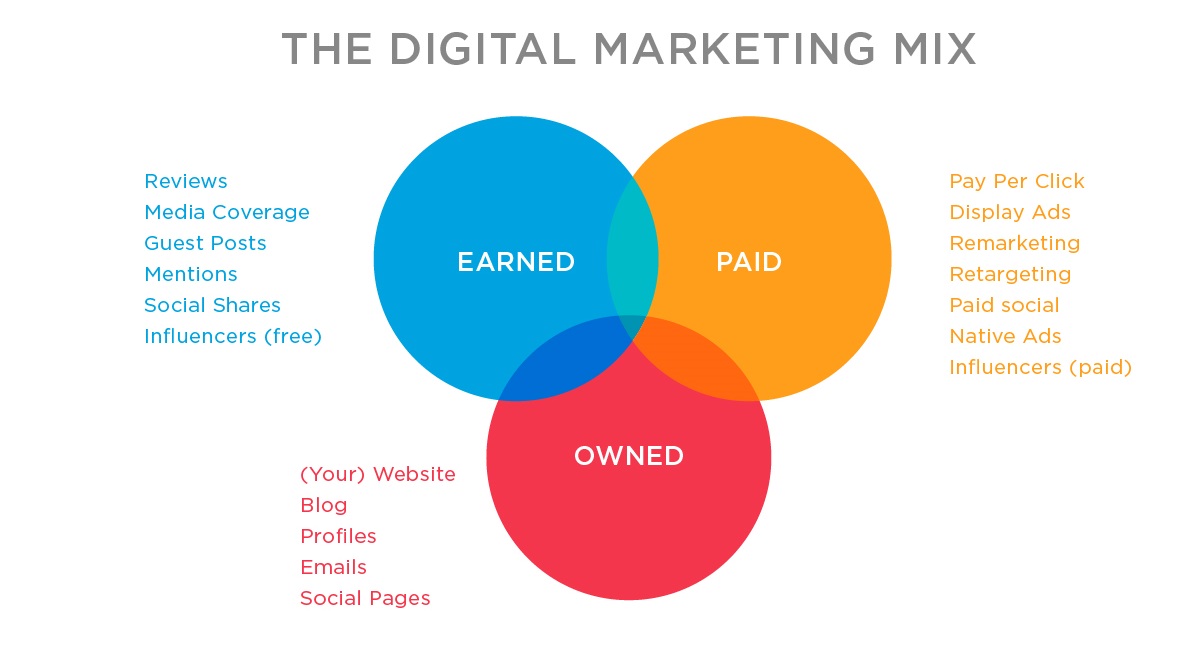

What Exactly Is an Owned Media Ecosystem?
It’s more than just having a blog and an email list. A true owned media ecosystem is an integrated network of digital properties that serve, engage, and grow your audience.
Key components include:
- Website: The cornerstone of your brand’s digital presence
- Blog or resource center: Drives SEO, thought leadership, and lead nurturing
- Email newsletter: Your most direct, algorithm-free communication channel
- Branded content hubs: Digital magazines, industry insights, or use case libraries
- Podcasts or video series: Long-form, high-value content that builds loyalty
- Mobile apps or customer portals: For deeper, sustained engagement
- Analytics dashboards: To monitor performance and capture first-party data
This ecosystem acts as your brand’s digital backbone—supporting every campaign, fueling SEO, and nurturing long-term relationships.
Building Your Owned Media Ecosystem: A Step-by-Step Approach
A successful owned media ecosystem isn’t built overnight. It takes intentional planning, strategic content, and sustained distribution.
Here’s how to get started:
1. Audit Your Current Assets
What owned channels do you already have? Review your website, blog, newsletter, gated content, and any branded experiences. Assess performance, gaps, and opportunities.
2. Invest in Evergreen, Value-Driven Content
Think long-form blog posts, how-to guides, explainer videos, and case studies. Content that solves problems, builds thought leadership, and remains relevant over time is key to sustained traffic and engagement.
3. Build for UX and SEO
Ensure your site and content hub are fast, responsive, and search-optimized. A great user experience keeps people engaged; smart SEO brings them in the door.
4. Grow and Nurture Your Audience
Make building your email list a priority. Offer valuable gated content, newsletters, or exclusive insights. Once you have subscribers, provide consistent, high-value touchpoints.
5. Connect Everything
Your owned media shouldn’t live in silos. Blogs should link to resources. Webinars should drive to whitepapers. Newsletters should surface new podcast episodes. Think ecosystem, not just assets.
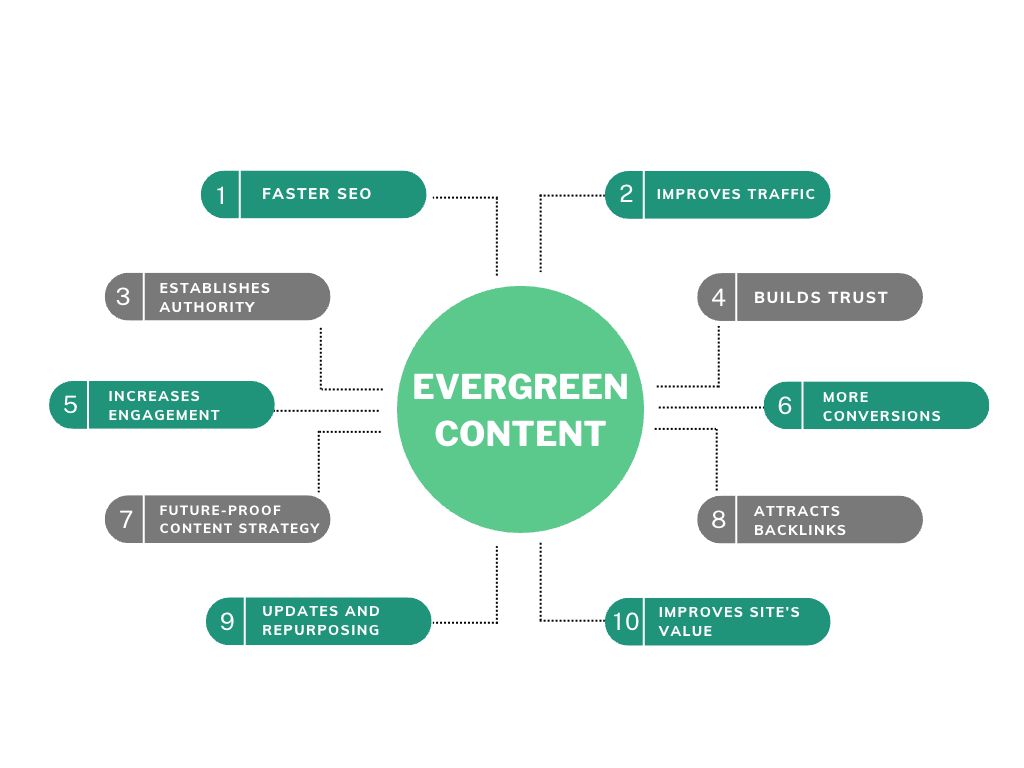

How Owned Media Supports the Bigger Picture
Owned media doesn’t replace paid or earned—it strengthens them. Here’s how:
- Improved Paid Media Performance: Driving traffic to SEO-optimized, high-conversion landing pages boosts ROI.
- Trust-Building: When leads land on your content hub instead of a cold ad, your brand feels more credible.
- Resilience to Platform Shifts: If social reach drops or cookies disappear, you still have direct access to your audience.
In short, owned media gives your marketing strategy roots.
Final Thought: Your Digital Moat Starts Here
If you’re constantly chasing attention on rented platforms, you’re playing someone else’s game. Building an owned media ecosystem puts your brand back in control. It’s how you create durable engagement, scale trust, and grow on your terms.
Want to future-proof your digital strategy?
Contact Bluetext to design and scale a content ecosystem that’s built to last.
In a world saturated with content, podcasts offer a rare opportunity: uninterrupted attention. Listeners willingly tune in—often for 20 minutes or more—creating space for meaningful storytelling, thought leadership, and brand positioning. But what happens when your industry is one of the most tightly regulated?
For sectors like financial services, healthcare, energy, and government contracting, podcast marketing can feel like a compliance minefield. Privacy laws, advertising restrictions, and strict review protocols can make even the most well-intentioned ideas feel too risky to pursue.
But the truth is, when done right, podcasts can become a powerful, compliant communication channel—helping brands build trust, educate audiences, and differentiate from the competition.
Here’s how regulated industries can safely—and successfully—enter the podcast space.


1. Start with Strategy: Define Goals and Guardrails
Before pressing record, define the purpose of your podcast. Is it to educate clients? Attract talent? Showcase executive expertise? The answer will inform everything from tone and topics to distribution strategy.
In regulated industries, strategic planning should also include:
- Legal and compliance team involvement from the start
- Content approval workflows built into production timelines
- Defined no-go zones for topics or phrasing
When stakeholders align early, it’s easier to create content that’s both compelling and compliant.
2. Choose the Right Format for Your Risk Profile
Not every podcast has to be edgy or controversial to succeed. In fact, many of the most effective B2B podcasts take an interview-based or roundtable approach that focuses on subject-matter expertise, not sales.
Consider formats like:
- Executive Q&As with pre-scripted or pre-approved questions
- Narrative storytelling based on public case studies or anonymized experiences
- Topic deep-dives led by legal-approved thought leaders
A clear format keeps your message on track—and makes it easier to implement review processes without losing momentum.
3. Build in Compliance Without Killing Creativity
Regulated doesn’t have to mean boring. The key is finding creative ways to work within the rules. That might mean:
- Using a branded disclaimer at the beginning of each episode
- Incorporating compliance-friendly show notes with citations or disclosures
- Creating “editorial zones” where guests can speak freely, followed by clear, approved wrap-up messaging
With the right guardrails in place, your brand can still tell compelling stories without triggering red flags.


4. Distribute Strategically—and Securely
Public podcast platforms (Apple, Spotify) offer wide reach, but for some industries, gated distribution may be a better fit. Consider:
- Hosting private podcasts via platforms like Captivate or Podbean Pro
- Using internal channels like email newsletters or employee portals
- Creating companion blogs or transcripts that meet accessibility and compliance standards
In some cases, a hybrid model—where the main episode is public, but bonus content is gated—can deliver the best of both worlds.
5. Measure What Matters
Don’t just track downloads. Instead, focus on:
- Audience engagement (e.g., listens per episode, drop-off rate)
- Lead quality or post-listen conversions
- Internal feedback if the podcast supports recruitment or employee branding
If you’re in a regulated space, you already know success isn’t just about volume—it’s about building trust, demonstrating authority, and delivering real value. Podcasts, when strategically developed, can check every one of those boxes.
At Bluetext, we help brands in highly regulated industries craft podcast strategies that are as compliant as they are compelling.
Contact us to build a branded audio experience that breaks through the noise—without breaking the rules.
Why Scalability Matters in Modern Marketing
As businesses grow, so do the demands on their marketing teams. What worked for a scrappy startup often doesn’t hold up as operations scale. Without a scalable marketing framework in place, growth can lead to inefficiency, misalignment, and missed opportunities. Scalability isn’t just about handling volume—it’s about maintaining quality and agility at every stage.
Core Elements of a Scalable Marketing Framework
A scalable framework begins with four pillars: strategy, content, automation, and analytics. These components work together to ensure your marketing can flex and evolve as your business expands.
- Strategy: Defined objectives, target audiences, and brand positioning.
- Content: Modular content that can be repurposed and localized.
- Automation: Workflows and tools that save time and eliminate redundancy.
- Analytics: Real-time insights to guide optimization and prove ROI.
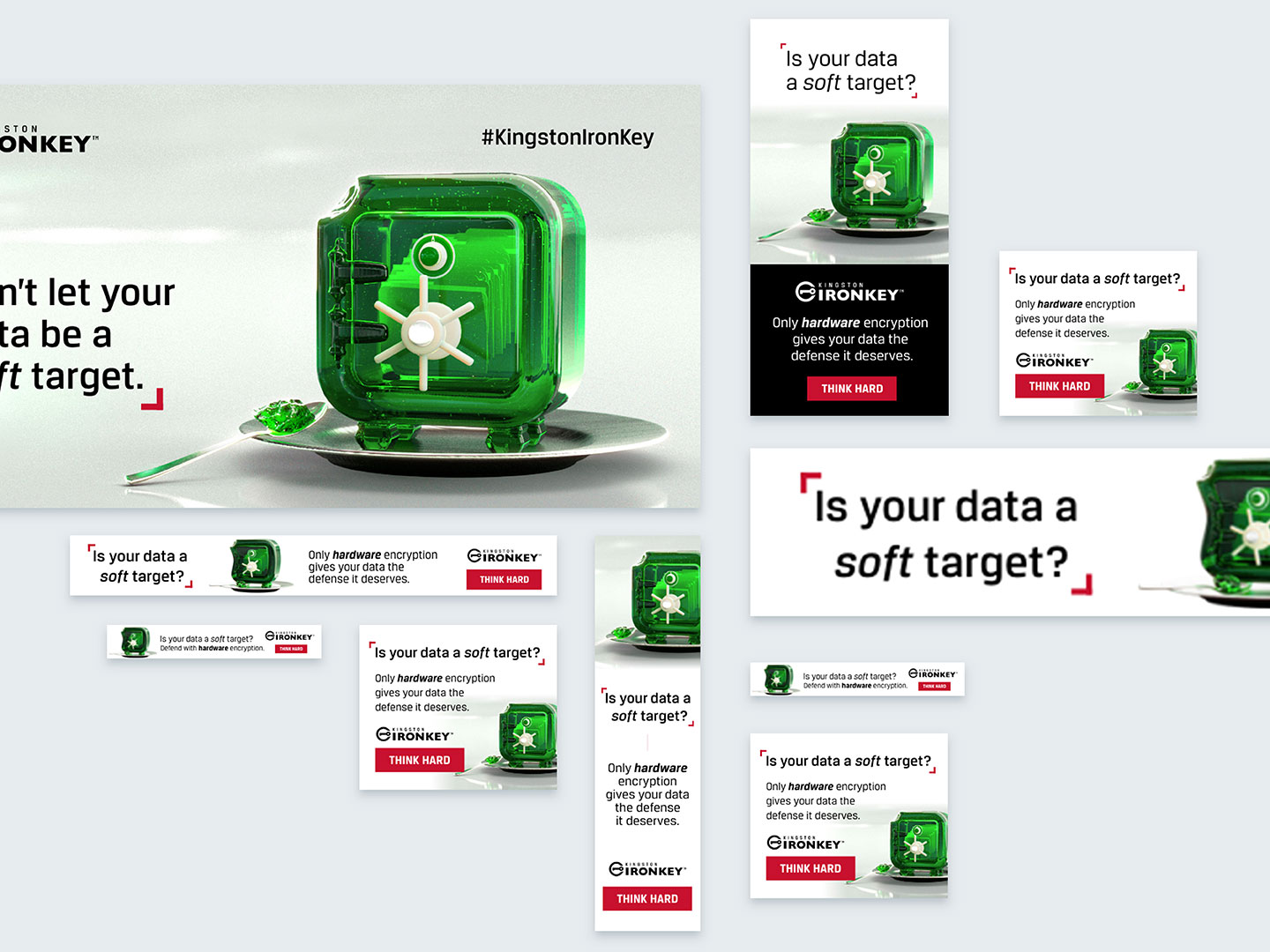

Build Once, Deploy Often: Scalable Content Structures
Content should be built to last. That means creating core assets that can be reused across channels and adapted for different markets or audiences. Whether it’s a hero video, a product one-pager, or a blog series, every asset should be part of a broader system, not a one-off.
Localization and personalization are also key. With the right structure, you can adapt content at scale without starting from scratch every time.
Tech Stack Considerations for Marketing Growth
The right tools can supercharge your scalability. Look for platforms that are integratable, user-friendly, and designed to grow with your business. CRMs like HubSpot or Salesforce, marketing automation platforms like Marketo or Pardot, and content management systems like WordPress or Drupal are foundational.
Data integration across these systems ensures smoother workflows and more actionable insights.
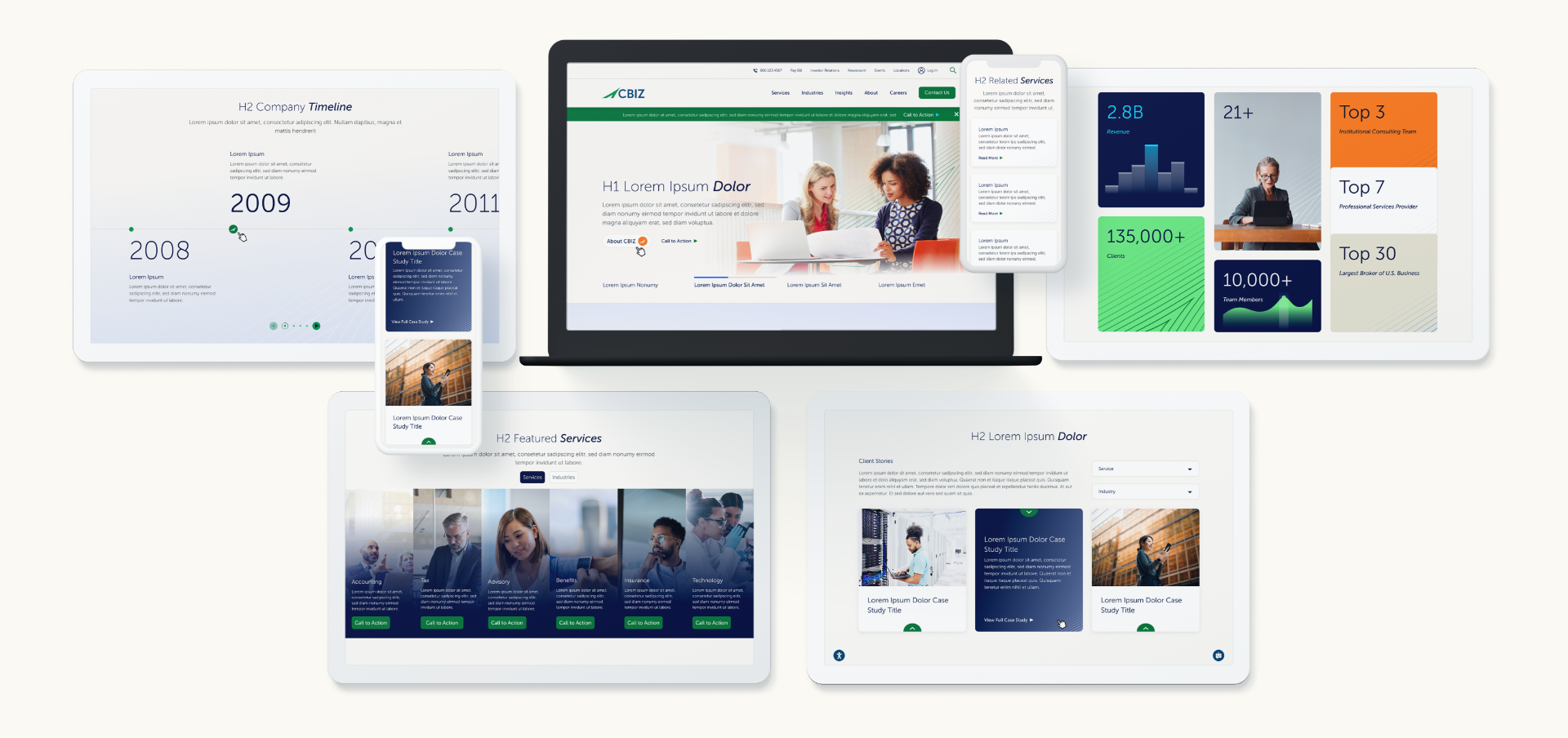

Organizational Design for Marketing Scalability
Scalability isn’t just about tools—it’s about people and processes too. As your marketing team grows, it’s critical to define clear roles, document workflows, and encourage cross-functional collaboration. Outsourcing or agency partnerships can also help fill resource gaps while maintaining velocity.
Case in Point: Bluetext’s Approach to Scalable Strategy
At Bluetext, we work with growing companies to build marketing frameworks that are as nimble as they are powerful. From startup scale-ups to global enterprises, we design marketing systems that drive efficiency, adaptability, and sustained impact.
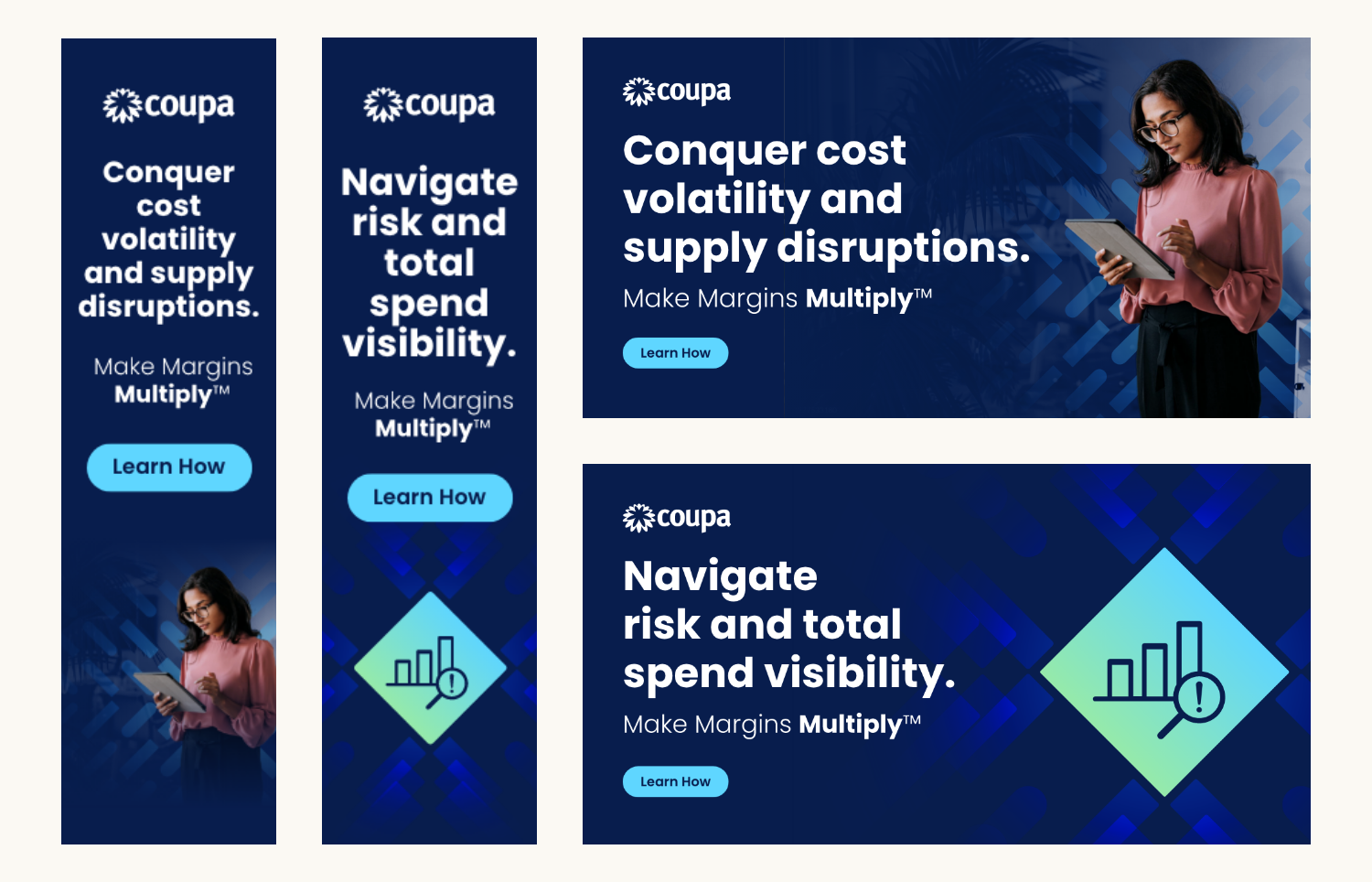



Is Your Marketing Built to Scale?
Let Bluetext help you develop a scalable marketing framework that evolves with your business. Get in touch now.
Why Crisis Management Matters More Than Ever
In today’s hyperconnected world, brands must be prepared to respond to crises in real time. Social media, instant news cycles, and viral content mean that missteps can escalate quickly. Whether it’s a cybersecurity breach, PR scandal, or regulatory issue, how a company handles a crisis can define its reputation for years to come.
At Bluetext, we specialize in helping brands develop and execute crisis communication strategies that safeguard their reputation and maintain public trust. Here’s how your company can prepare for and respond to crises effectively.
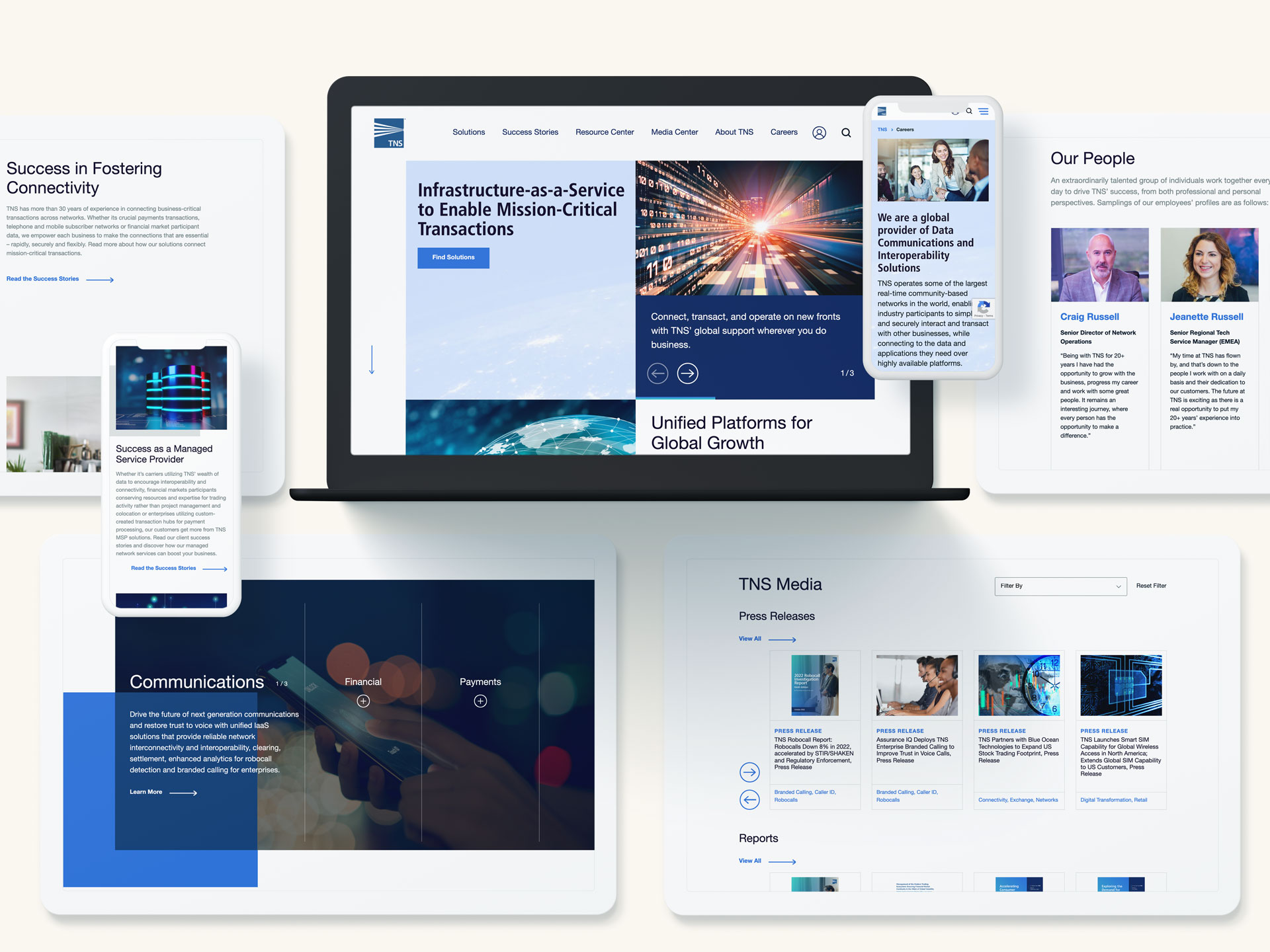

Understanding the Modern Crisis Landscape
Crisis situations can arise from various sources, including:
- Cybersecurity threats: Data breaches and hacks can compromise customer trust.
- Regulatory non-compliance: Failing to adhere to industry standards can lead to public scrutiny.
- Executive missteps: Social media blunders and controversial statements can quickly spiral.
- Product failures or recalls: Negative customer experiences can damage brand credibility.
Recognizing potential risks allows brands to proactively develop response strategies before a crisis unfolds.
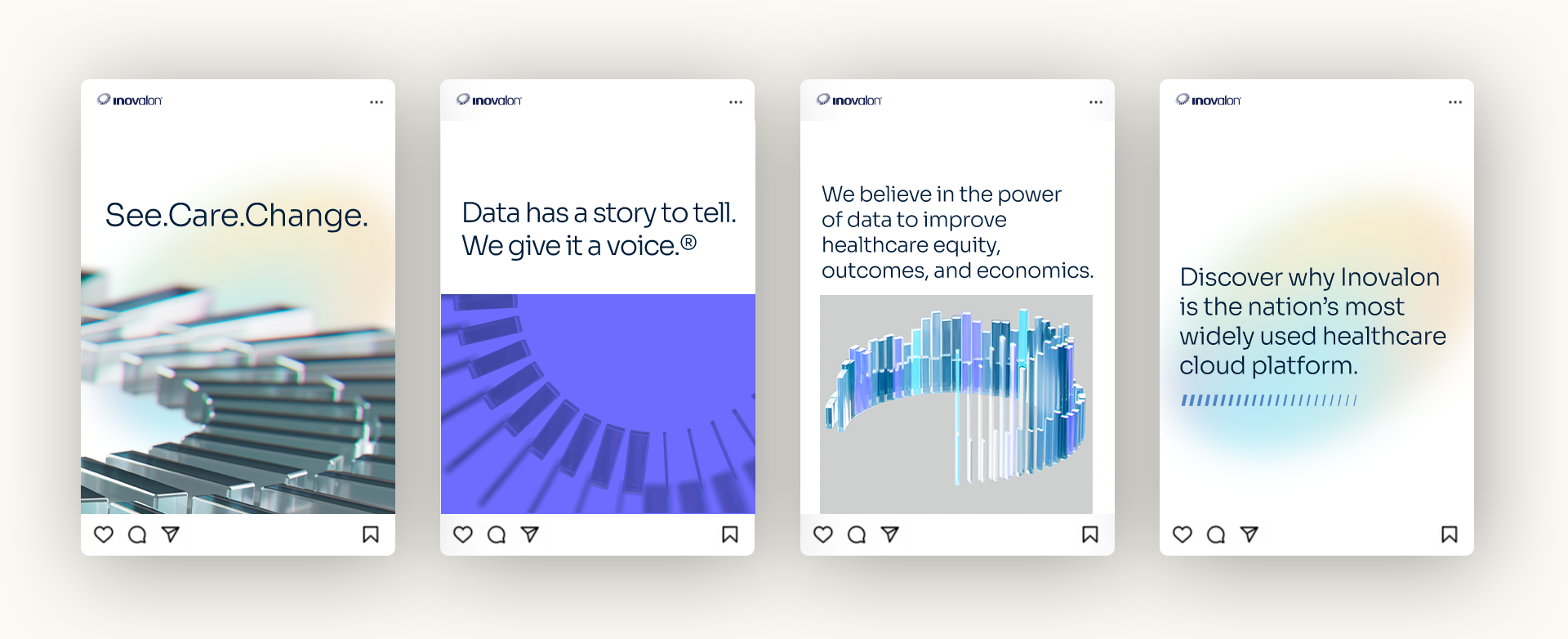

Building a Crisis-Ready Organization
Preparation is the foundation of effective crisis management. Brands should:
- Establish a dedicated crisis response team with clear roles and responsibilities.
- Develop pre-approved messaging frameworks to ensure consistent, on-brand responses.
- Conduct regular crisis simulations to test response protocols and identify improvement areas.
Executing an Effective Crisis Response
During a crisis, swift and strategic action is essential. Key steps include:
- Control the narrative: Issue an initial response promptly to acknowledge the situation.
- Communicate transparently: Provide accurate information and avoid speculation.
- Engage with stakeholders: Address concerns through social media, press releases, and direct communication.
- Monitor and adapt: Use social listening tools to gauge public sentiment and adjust messaging accordingly.
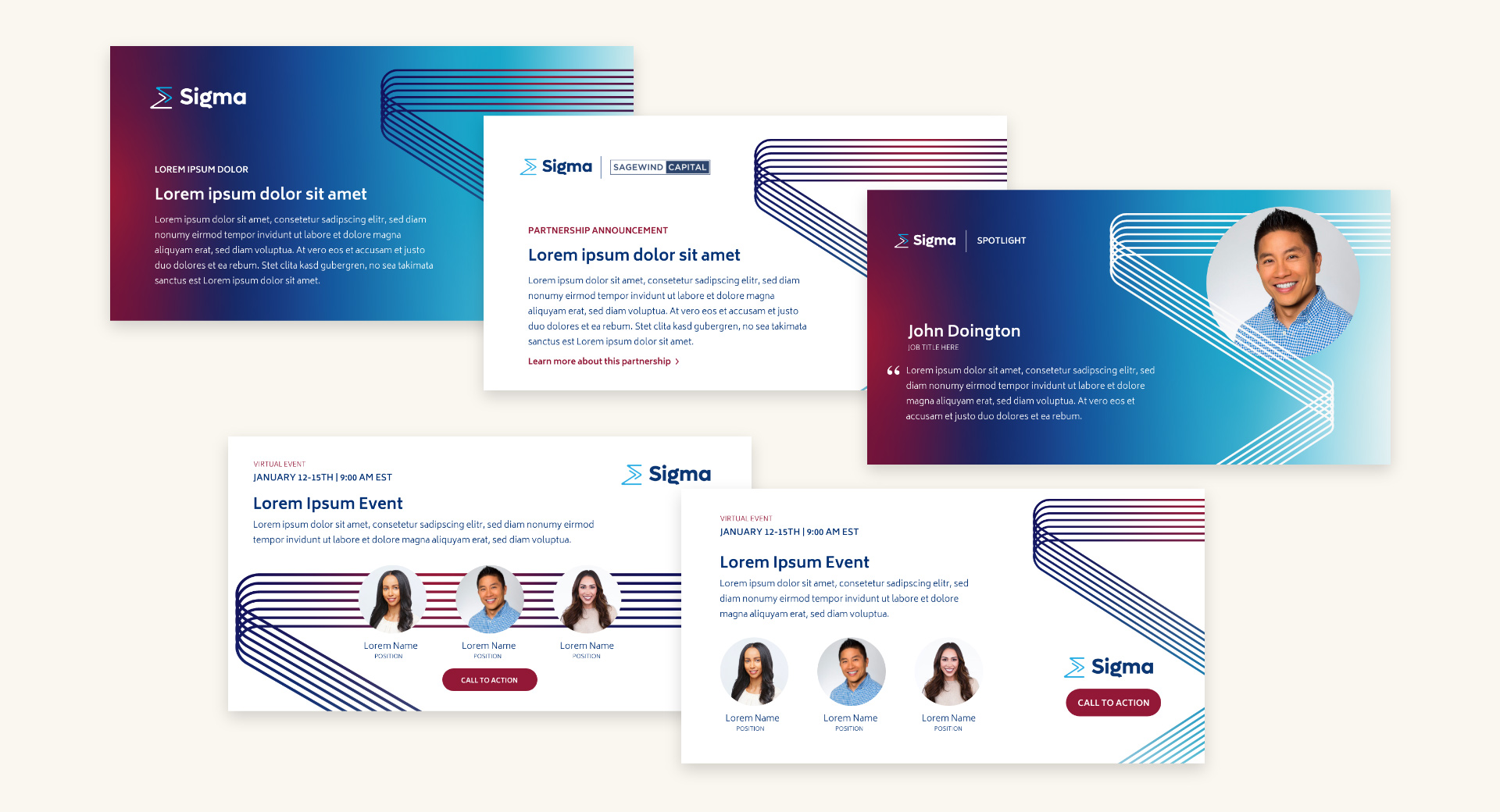

Rebuilding Trust After a Crisis
Once the crisis is under control, brands must focus on reputation recovery by:
- Demonstrating accountability: Clearly outlining corrective actions taken.
- Engaging with key audiences: Reassuring customers, partners, and stakeholders.
- Enhancing long-term brand resilience: Implementing lessons learned to improve future crisis responses.
How Bluetext Can Help
Crisis management requires a proactive approach, strategic execution, and expert guidance. At Bluetext, we help brands develop tailored crisis communication plans to navigate challenges with confidence. Contact us today to ensure your organization is prepared for any crisis scenario.
Gone are the days of one-size-fits-all marketing. Consumers expect personalized experiences that cater to their unique interests and needs. For businesses targeting niche audiences, hyper-personalized marketing strategies are essential to stand out and drive meaningful engagement. This guide explores how brands can create highly targeted campaigns that resonate with specific audience segments.
Why Personalization Matters in Today’s Market
Personalization isn’t just a trend—it’s a necessity. Research shows that personalized marketing leads to higher engagement, improved customer satisfaction, and increased sales.
Key Benefits of Personalization:
- Higher conversion rates: Personalized campaigns perform better than generic ones.
- Stronger customer relationships: Tailored experiences build loyalty.
- More efficient marketing spend: Targeting the right audience reduces wasted ad spend.
Identifying & Segmenting Niche Audiences
Effective personalization starts with proper audience segmentation. Businesses must analyze their customers and categorize them based on shared characteristics.
- Demographics: Age, gender, location, income level
- Behavioral data: Purchase history, browsing behavior, engagement patterns
- Psychographics: Interests, values, lifestyle choices


Strategies for Hyper-Targeted Campaigns
Once niche audiences are identified, businesses can tailor their messaging for maximum relevance.
1. Dynamic Content Personalization
Adjust content in real time based on user behavior. Websites, emails, and ads should display personalized recommendations and messaging.
2. AI-Driven Recommendation Engines
Leverage machine learning to suggest products, content, or services based on past interactions.
3. Account-Based Marketing (ABM) for B2B Brands
B2B marketers can use ABM strategies to deliver highly customized outreach to specific companies or decision-makers.




The Role of Data in Personalized Marketing
To execute effective personalized marketing, brands must leverage customer data while maintaining ethical standards.
- First-party data collection: Direct interactions like email sign-ups and purchase history
- Behavioral analytics: Tracking engagement to refine personalization
- Privacy compliance: Adhering to GDPR, CCPA, and other data protection regulations
Scaling Personalized Marketing Efforts
While personalization is powerful, it must be scalable. Automation tools help businesses expand their efforts efficiently.
- Marketing automation software (HubSpot, Marketo) streamlines segmentation and messaging.
- AI-powered chatbots deliver real-time personalized interactions.
- CRM integration ensures a seamless, data-driven approach to customer engagement.


Unlock the Power of Personalized Marketing
Personalized marketing is no longer optional—it’s essential for businesses looking to connect with niche audiences. By leveraging data, AI, and tailored messaging, brands can create meaningful interactions that drive long-term success.
Want to develop a hyper-targeted marketing strategy? Contact Bluetext today to take personalization to the next level.
Marketing is often driven by data—metrics, analytics, and KPIs guide decision-making. But numbers alone don’t tell the full story. To truly connect with an audience, marketers must understand the psychological principles that influence decision-making. By tapping into cognitive biases, emotional triggers, and behavioral patterns, brands can craft more compelling campaigns that resonate on a deeper level. In this guide, we’ll explore how psychology plays a vital role in marketing and how businesses can leverage these insights to drive engagement and conversions.
The Role of Psychology in Marketing
While metrics provide a snapshot of audience behavior, psychology reveals why consumers act the way they do. Understanding the motivations, fears, and desires behind purchasing decisions allows marketers to create messaging that not only attracts attention but also fosters lasting brand loyalty.
Key Psychological Influences on Consumer Behavior:
- Emotional decision-making: Most purchases are driven by emotion rather than logic.
- Cognitive biases: Subconscious mental shortcuts influence purchasing choices.
- Social influence: People are more likely to trust recommendations from peers.
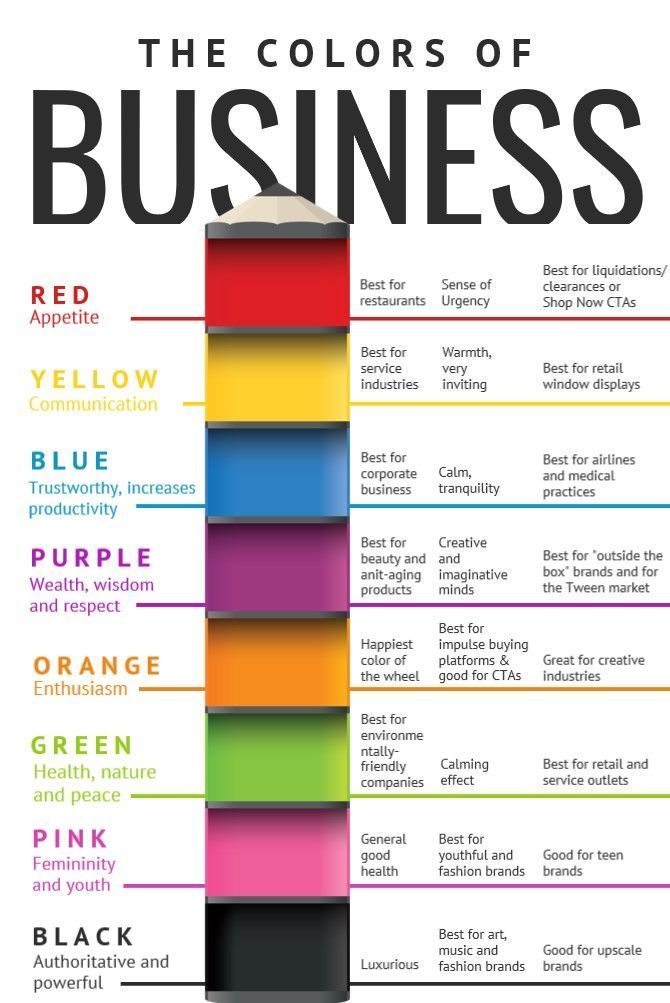

Cognitive Biases That Impact Consumer Decisions
Cognitive biases are mental shortcuts that help people make quick decisions—but they also shape consumer behavior in predictable ways. Marketers who understand these biases can craft strategies that align with how customers naturally think.
1. The Scarcity Effect
Consumers perceive limited availability as higher value. Words like “Only a few left!” or “Limited-time offer” trigger urgency and drive conversions.
2. Social Proof
People tend to follow the actions of others. Reviews, testimonials, and influencer endorsements build trust and increase purchase likelihood.
3. Authority Bias
Consumers trust experts and authoritative figures. Featuring industry leaders or certifications in your messaging can boost credibility.




Emotional Triggers in Marketing
Emotions play a critical role in consumer decision-making. By tapping into the right emotional triggers, brands can create stronger connections with their audience.
- Fear of missing out (FOMO): Drives urgency and quick decision-making.
- Nostalgia: Evokes fond memories and positive brand associations.
- Excitement & aspiration: Inspires consumers to take action and feel empowered.
The Power of Personalization & Storytelling
Consumers respond best to brands that feel human. Personalization and storytelling are two powerful tools that make marketing more relatable and impactful.
- Storytelling: A compelling brand narrative helps establish trust and emotional investment.
- Personalization: Tailored recommendations and targeted content increase engagement.
Applying Psychological Insights to Your Marketing Strategy
To integrate psychology-driven tactics into your marketing, consider the following steps:
- Use data to understand audience behavior – Identify patterns in customer interactions.
- Incorporate cognitive biases into messaging – Utilize urgency, authority, and social proof.
- Leverage emotional triggers – Align messaging with your audience’s emotions.
- Personalize content – Create hyper-targeted campaigns based on customer preferences.
- Test and optimize continuously – Use A/B testing to refine messaging for maximum impact.
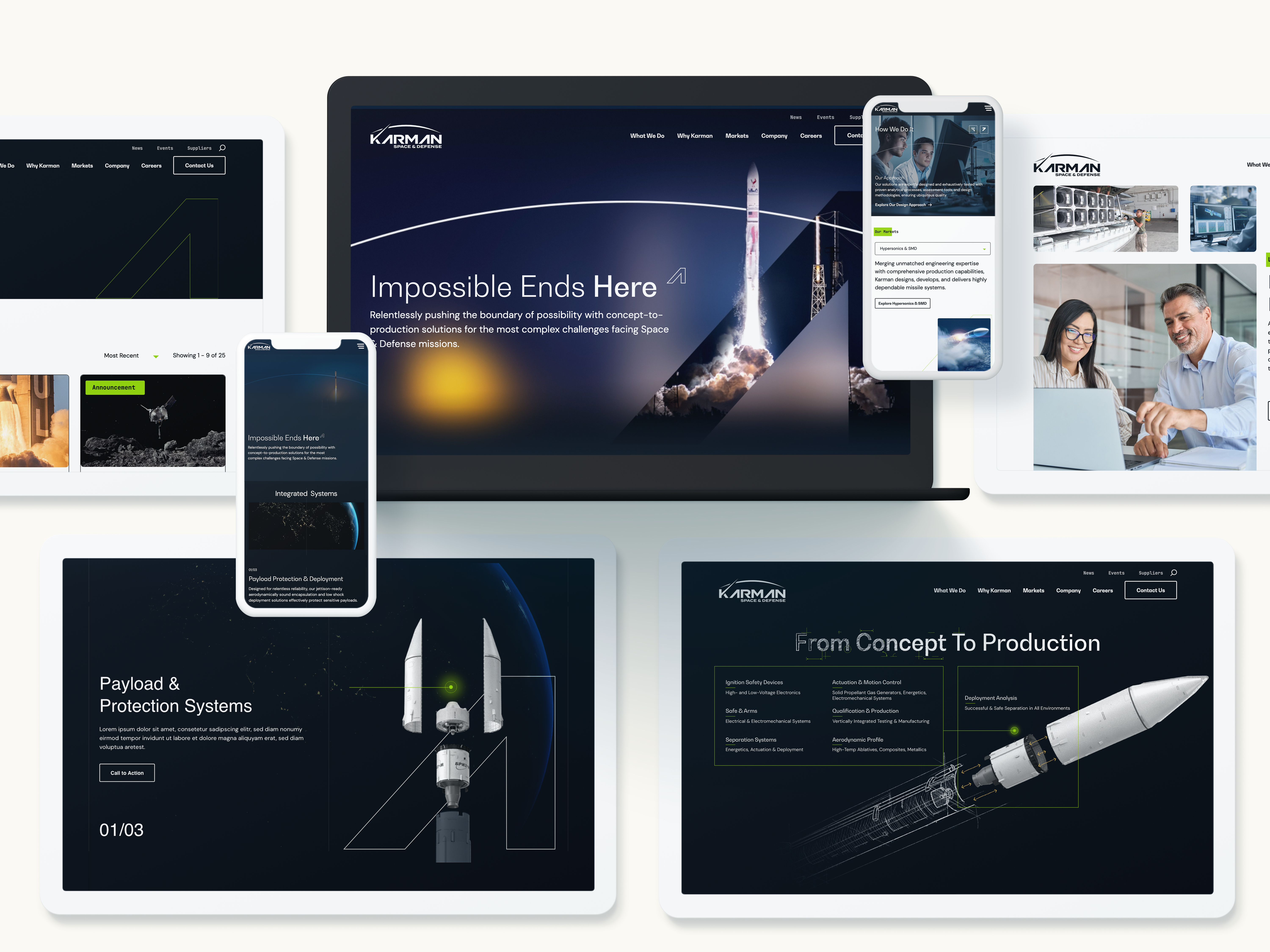

Transform Your Marketing with Psychological Insights
Going beyond metrics and understanding the psychology of your audience allows brands to create marketing strategies that truly resonate. By leveraging cognitive biases, emotional triggers, and personalization, businesses can build stronger connections and drive greater conversions.
Looking to refine your marketing approach? Contact Bluetext today to craft campaigns that engage your audience on a deeper level.
In today’s digital-first world, content marketing is a critical driver of brand awareness, customer engagement, and lead generation. However, without a structured framework, businesses often struggle to maintain consistency, measure performance, and scale content efforts effectively. A well-defined content marketing framework ensures a strategic, organized, and data-driven approach to content creation, distribution, and optimization. In this guide, we’ll explore the key components of a successful content marketing framework and how businesses can leverage best practices to maximize impact.
What Is a Content Marketing Framework?
A content marketing framework is a structured system that guides the creation, management, and distribution of content to achieve business goals. It ensures that content aligns with brand messaging, resonates with target audiences, and drives measurable results. A strong framework helps businesses streamline content workflows, improve efficiency, and scale their marketing efforts effectively.


Key Benefits of a Content Marketing Framework:
- Enhances consistency across content channels
- Improves efficiency and scalability
- Aligns content efforts with business objectives
- Enables better tracking and measurement of success
- Helps optimize content for search engines and user engagement
Key Components of an Effective Content Marketing Framework
1. Strategy & Planning
Before creating content, businesses must define their objectives, target audience, and key performance indicators (KPIs). A well-crafted strategy ensures that every piece of content serves a purpose and aligns with broader business goals.
- Define objectives: Brand awareness, lead generation, customer retention, SEO performance
- Identify target audience personas: Demographics, pain points, content preferences
- Develop a content calendar: Plan topics, formats, and publishing schedules
2. Content Creation & Workflow
A structured workflow streamlines content production and ensures quality and consistency.
- Develop a content pipeline: Assign roles for ideation, writing, editing, and approval
- Leverage AI and automation tools: Improve efficiency with AI-driven content creation
- Optimize for multiple formats: Blogs, videos, social media, whitepapers, and more
3. Content Distribution Strategy
Creating high-quality content is only half the battle; distributing it effectively maximizes reach and impact.
- Owned media: Website, blog, email newsletters
- Earned media: PR coverage, guest blogs, influencer collaborations
- Paid media: Social media ads, sponsored content, PPC campaigns
- SEO optimization: Keyword integration, metadata optimization, internal linking
4. Performance Measurement & Analytics
Tracking content performance enables continuous optimization and better decision-making.
- Key metrics: Engagement rate, conversion rate, organic traffic, bounce rate
- Analytics tools: Google Analytics, SEMrush, HubSpot, Ahrefs
- A/B testing: Experiment with headlines, CTAs, and content formats
5. Governance & Optimization
A governance model ensures consistency, quality, and compliance across all content.
- Maintain brand voice and tone: Consistent messaging across platforms
- Repurpose and update content: Maximize value from existing assets
- Ensure legal and compliance standards: Industry regulations, copyright laws
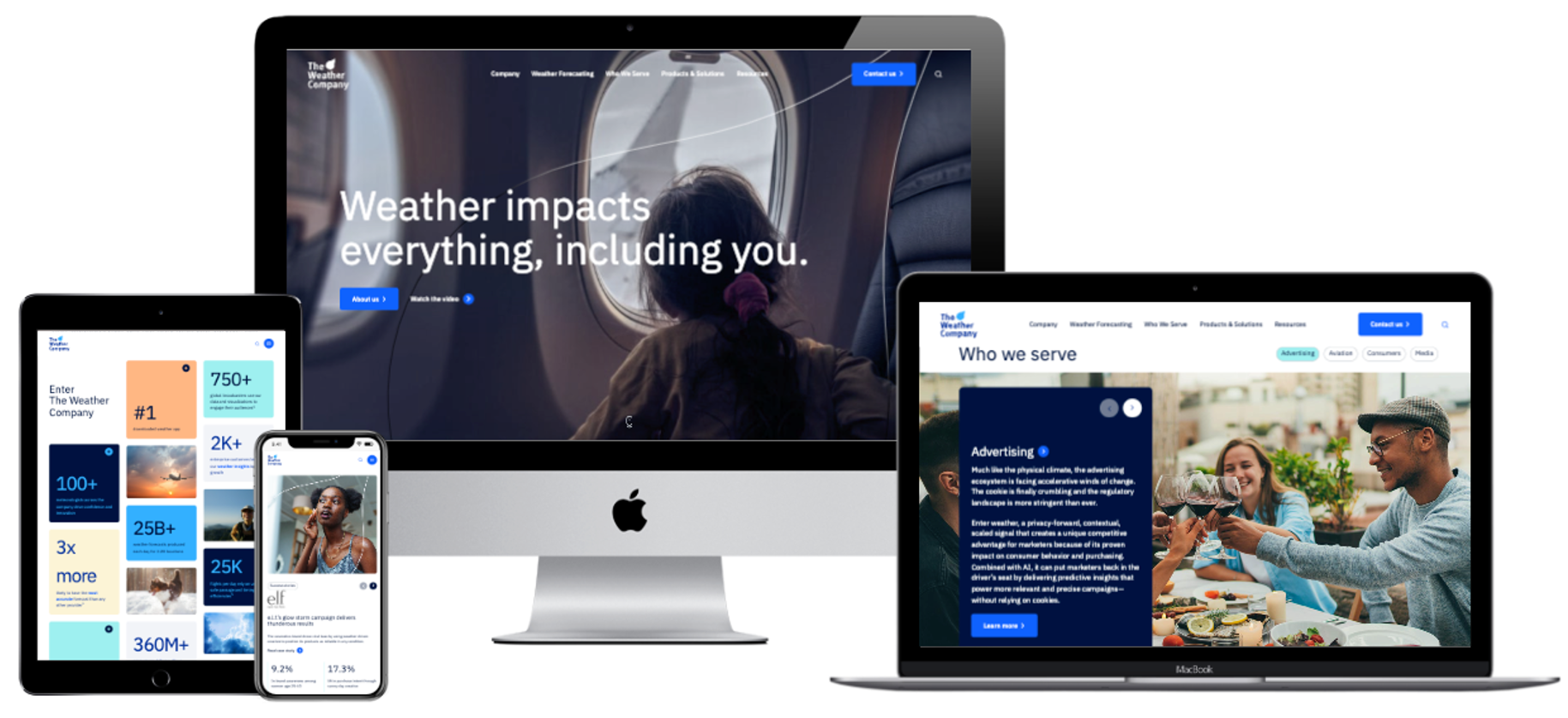
Master Your Content Strategy & Drive Results
A well-structured content marketing framework is the foundation of a successful digital strategy. By implementing a strategic approach to content creation, distribution, and measurement, businesses can maximize their marketing impact, enhance audience engagement, and drive meaningful results.
Looking to refine your content marketing strategy? Contact Bluetext today to build a framework tailored to your business goals.
In an era where data is often called the “new oil,” marketing teams that harness its potential can achieve unprecedented success. Data-driven marketing—using analytics and insights to inform campaign strategies—is no longer a nice-to-have; it’s a necessity for businesses aiming to maximize their return on investment (ROI). This approach helps marketers target the right audience, refine messaging, and allocate budgets effectively, resulting in measurable and impactful outcomes.
But how can your organization fully embrace data-driven marketing in 2025? Let’s explore the strategies, tools, and benefits that make this approach the key to driving ROI in the modern marketing landscape.
The Fundamentals of Data-Driven Marketing
At its core, data-driven marketing is about using customer data and analytics to tailor campaigns that resonate with specific audiences. It goes beyond traditional demographics, diving into behavioral, transactional, and even psychographic data. This comprehensive view allows marketers to:
- Understand customer preferences and behaviors.
- Predict future trends and demands.
- Personalize messaging to drive higher engagement.
Key Types of Data
- First-Party Data: Information you collect directly from your audience, such as website interactions, purchase history, and email sign-ups.
- Second-Party Data: Data shared by trusted partners, offering a broader view of customer behavior.
- Third-Party Data: Aggregated information from external sources, useful for expanding reach and identifying new segments.
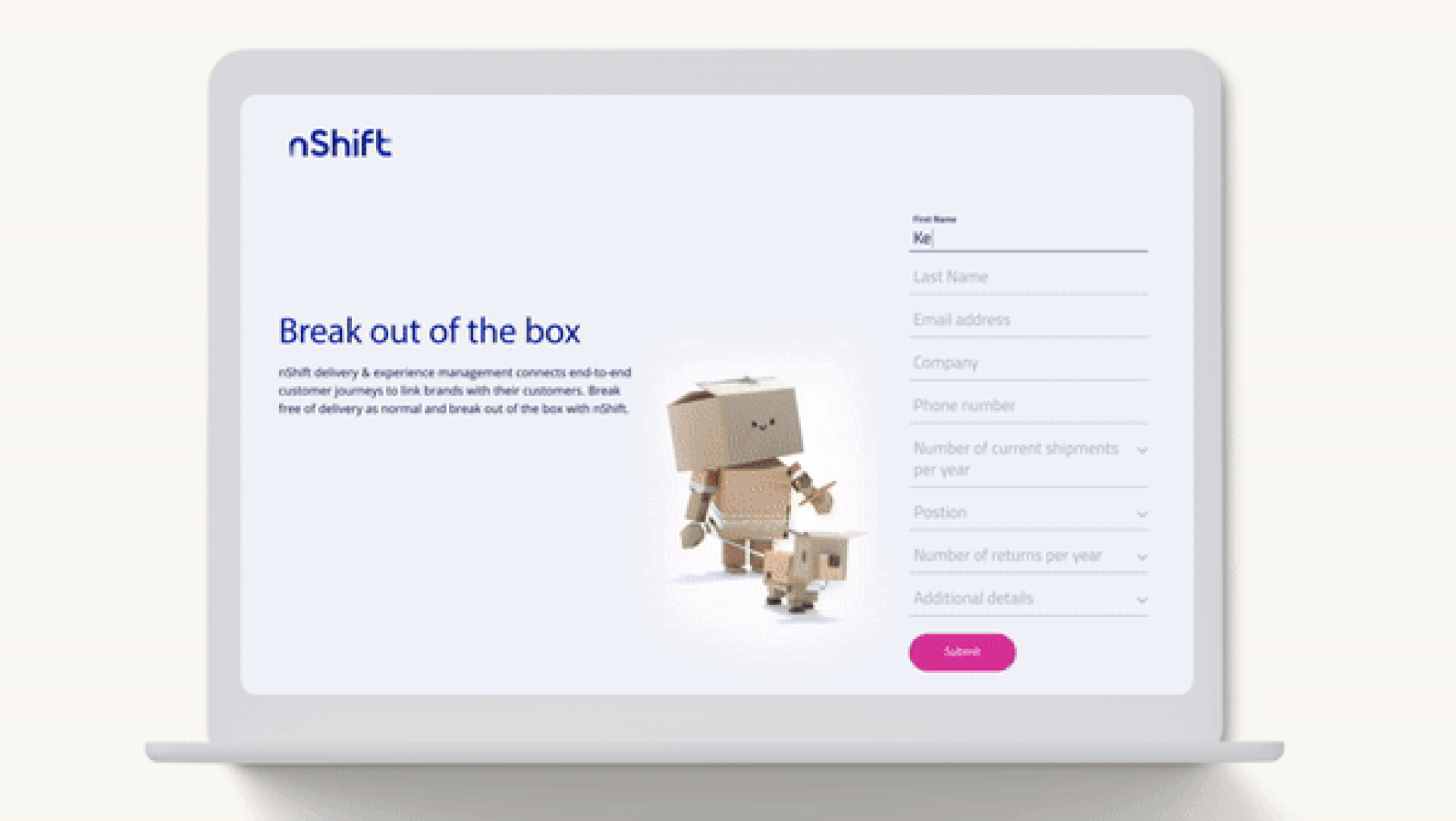

Why Data-Driven Marketing Matters
1. Precision Targeting
One of the most significant advantages of data-driven marketing is the ability to precisely target your audience. Instead of casting a wide net, you can focus on high-value prospects who are more likely to convert. For example, predictive analytics can identify users who are ready to make a purchase, enabling you to tailor your messaging accordingly.
2. Improved Customer Experiences
Today’s buyers expect personalized experiences. According to recent studies, 80% of consumers are more likely to engage with brands that offer tailored content. Data-driven insights enable you to deliver the right message at the right time through the right channel.
3. Efficient Budget Allocation
With detailed performance metrics, data-driven campaigns allow you to optimize your marketing spend. By identifying which channels, messages, and strategies yield the best results, you can allocate budgets more effectively and avoid wasted resources.




Building a Data-Driven Marketing Strategy
Transitioning to a data-driven approach requires careful planning and execution. Here’s how to get started:
1. Define Clear Objectives
Start by identifying what you want to achieve with your campaigns. Are you looking to increase brand awareness, drive conversions, or retain customers? Clear goals will help you focus your data collection and analysis efforts.
2. Invest in the Right Tools
Leverage marketing technology platforms that offer robust analytics capabilities. Tools like Google Analytics, HubSpot, and Tableau can provide valuable insights into customer behavior and campaign performance. Additionally, consider investing in a customer data platform (CDP) to centralize and organize your data.
3. Collect and Integrate Data
Gather data from all available touchpoints, including your website, social media channels, email campaigns, and CRM systems. Integration is key—ensure that your data sources are connected to provide a unified view of your customers.
4. Segment Your Audience
Use your data to divide your audience into meaningful segments. Factors like purchase history, engagement levels, and geographic location can help you create highly targeted campaigns.
5. Test and Optimize
A/B testing is a cornerstone of data-driven marketing. Experiment with different headlines, visuals, and calls-to-action to determine what resonates best with your audience. Use these insights to continuously refine your campaigns.




Overcoming Challenges
Despite its advantages, data-driven marketing comes with challenges. Here’s how to address common hurdles:
- Data Privacy Regulations: Stay compliant with laws like GDPR and CCPA by implementing robust data governance practices. Ensure transparency in how you collect and use customer data.
- Data Overload: Avoid analysis paralysis by focusing on the metrics that align with your objectives. Not all data is equally valuable.
- Team Expertise: Invest in training to equip your team with the skills needed to analyze data and derive actionable insights.
The Future of Data-Driven Marketing
As technology advances, the potential of data-driven marketing continues to grow. Emerging trends include:
- AI-Powered Insights: Machine learning algorithms can analyze vast datasets to uncover patterns and predict outcomes with greater accuracy.
- Real-Time Personalization: Dynamic content delivery will enable brands to adapt messaging on the fly based on real-time user behavior.
- Integration with IoT Devices: Data from smart devices will provide deeper insights into customer preferences and habits.
Take the Next Step
Ready to elevate your marketing efforts with data-driven strategies? Bluetext can help. Our team of experts specializes in leveraging analytics and insights to create campaigns that deliver measurable results. Contact us today to learn how we can help your business achieve its marketing goals in 2025 and beyond.